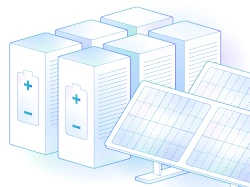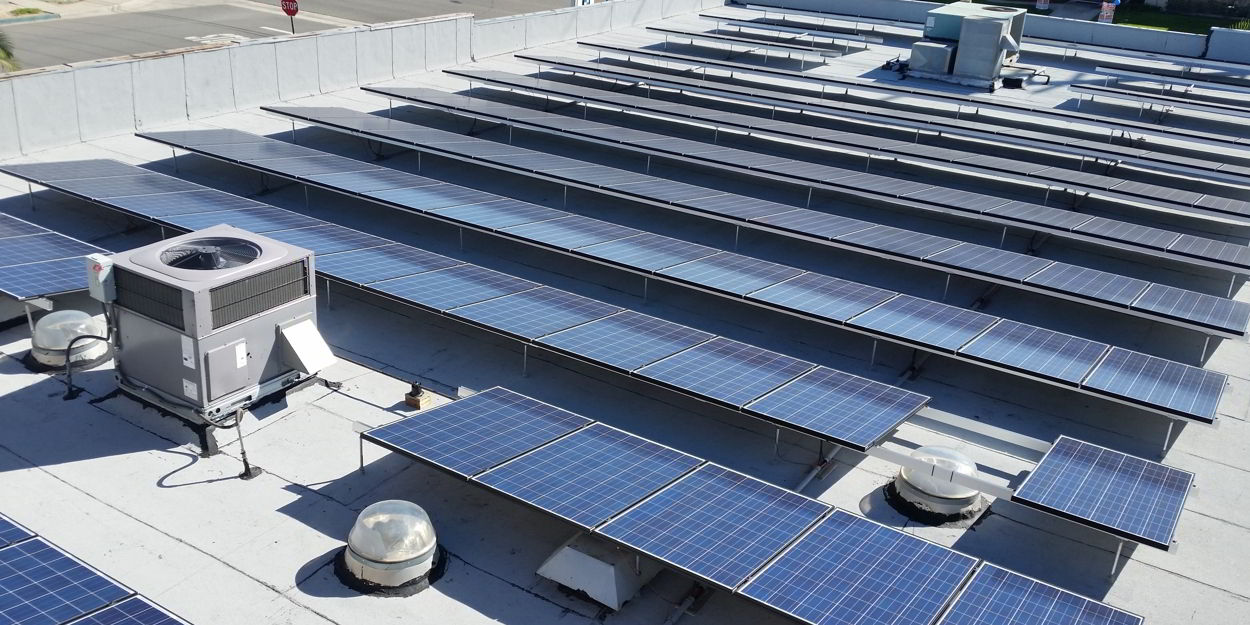After a nearly 5-month stretch of silence, there has finally been some development of the heavily followed NEM-3 proceeding. On May 9th, 2022, the California Public Utilities Commission (CPUC) issued aRuling requesting input on various elements of the Proposed Decision (PD) released back in December 2021. ETB summarized the key issues of the PDhere. California’s successor net energy metering (NEM) tariff will undoubtedly reduce the value of solar, the questions that remain are by how much and how quickly.
The CPUC’s recent ruling further explores three main elements of the PD; the “glide path”, non-bypassable charges (NBCs), and community distributed energy resources (DERs) are the topics open for debate. In a NEM-3 world the value of exports will be a fraction of what they are now, based on the Avoided Cost Calculator (ACC), averaging out to around 5¢/kWh. Solar advocates, including the California Solar & Storage Association (CALSSA) and the Solar Energy Industries Association (SEIA), have fought tirelessly to demonstrate how devastating a radical reduction in export rates would be for the continued growth of California’s solar market. The white paper titled Alternative Ratemaking Mechanisms for Distributed Energy Resources written by Energy and Environmental Economics, Inc. (E3) supports this notion by stating that the “preservation of a viable solar market is likely to require a glidepath”, a gradual transition of export values from full-retail rates to avoided cost.
Initially, the CPUC proposed providing solar customers, only residential, a $/kW “Market Transition Credit” (MTC) that would be based on the solar PV system size and included as a monthly bill credit for a period of 10 years. Now the CPUC is asking for feedback on a different glide path approach referred to as “ACC Plus”, structured as a ¢/kWh export adder. The ruling lists specific questions for parties to address, such as whether the ACC Plus adder should be offered to both residential and non-residential customers, and whether adder values should differ for solar-only and solar+storage customers.
Another element being considered is the assessment of non-bypassable charges (NBCs) on gross consumption, meaning solar customers would be taxed on self-consumption. The CPUC is requesting feedback on what subset of customers should be subject to NBCs and which charges should be considered as an NBC. Under California’s current NEM-2 tariff there are just four charges labeled as NBCs, the CPUC’s ruling lists a total of 11 charges up for consideration.
The final subject matter, community DERs, doesn’t directly impact the structure of NEM-3 but parties are being asked to provide opinions on how low-income customers can be encouraged to participate in community solar programs. Opening Comments to the questions included in this Ruling are due by June 10th, with Reply Comments filed no later than July 1st. With this updated timeline it is now expected that a final, voted-out Decision on NEM-3 will not be issued until August at the earliest. With the implementation deadline for NEM-3 coming 120 days after the final vote, this would set a cutover date to the new NEM-3 tariff around the end of this year, assuming the PD gets finalized by end of August, which is a big if given all the recent delays.
The last bit of recent NEM-3 news is connected to theMay Revision California’s Governor Newsom released last week. Although not directly related, there is some irony in the Governor announcing a proposal to set aside $970 million in solar and energy storage incentives while the CPUC ‘s ruling suggests further devaluing solar. During the press conference related to the Revise, Governor Newsom restated his thought on the CPUC’s December PD being “inadequate” and expressed the necessity of working with solar advocates to generate a NEM proposal that protects and supports an industry that is essential to the future of California. Our team will continue to follow and report on important developments of the NEM-3 proceeding. ETB Developer users can continue tomodel NEM-3 scenarios for solar and solar+storage projects based on December’s Proposed Decision. Please reach out to your account manager for guidance on how best to model solar and energy storage projects in California.

